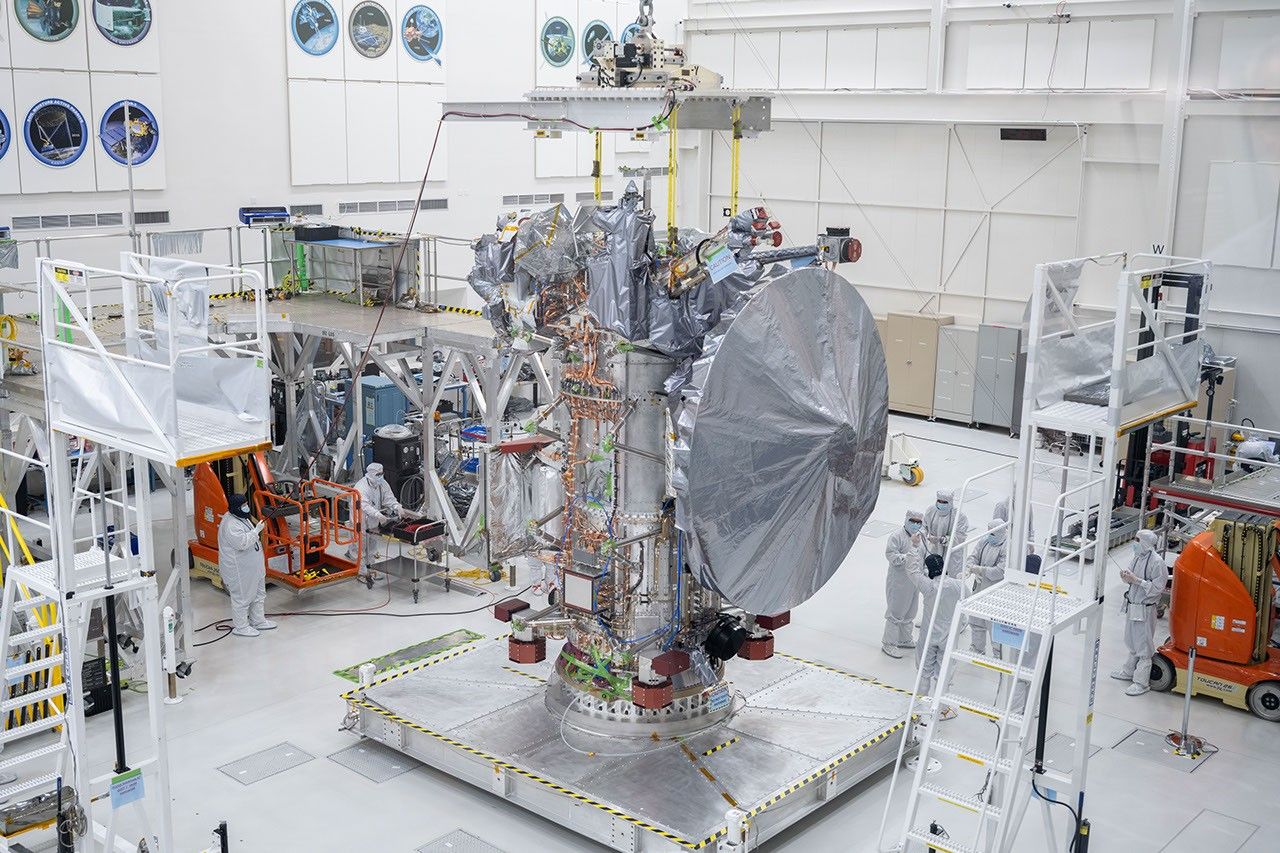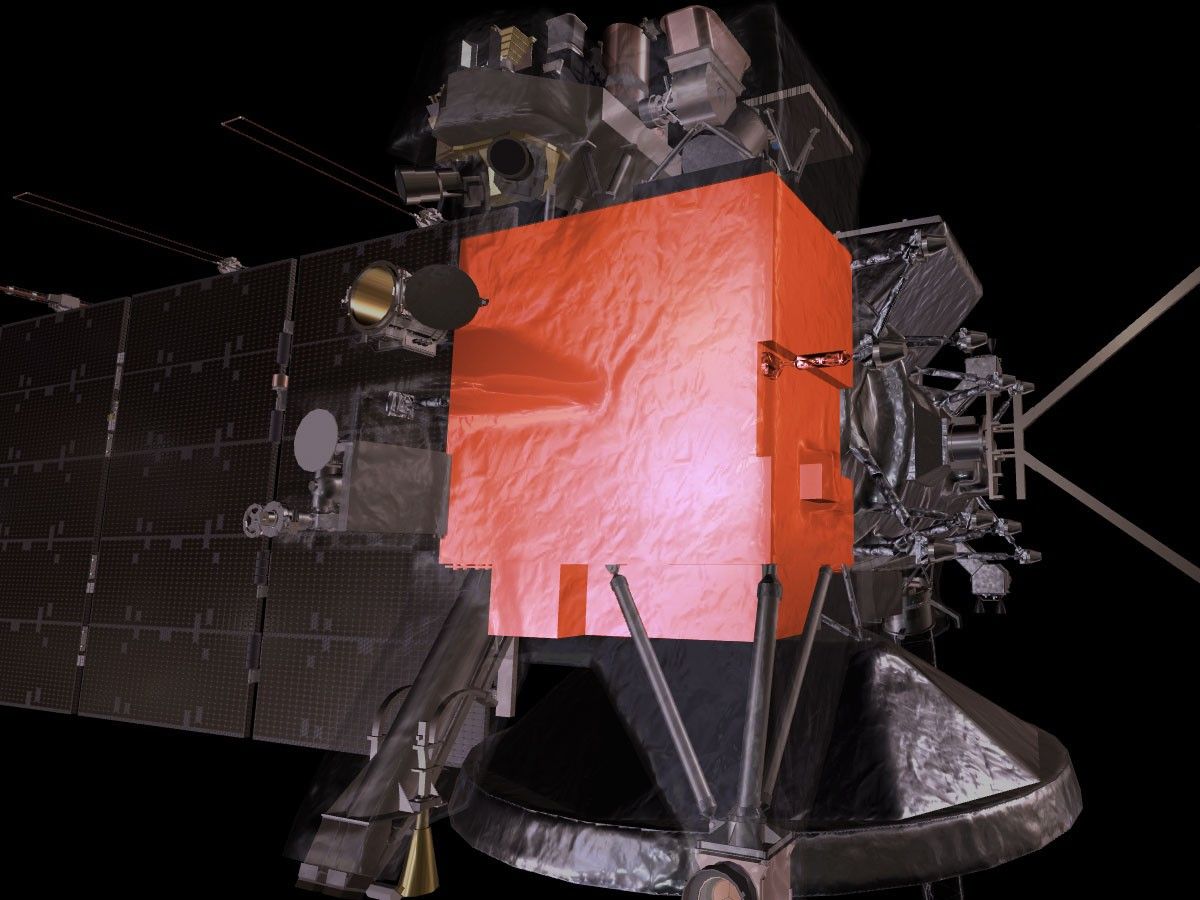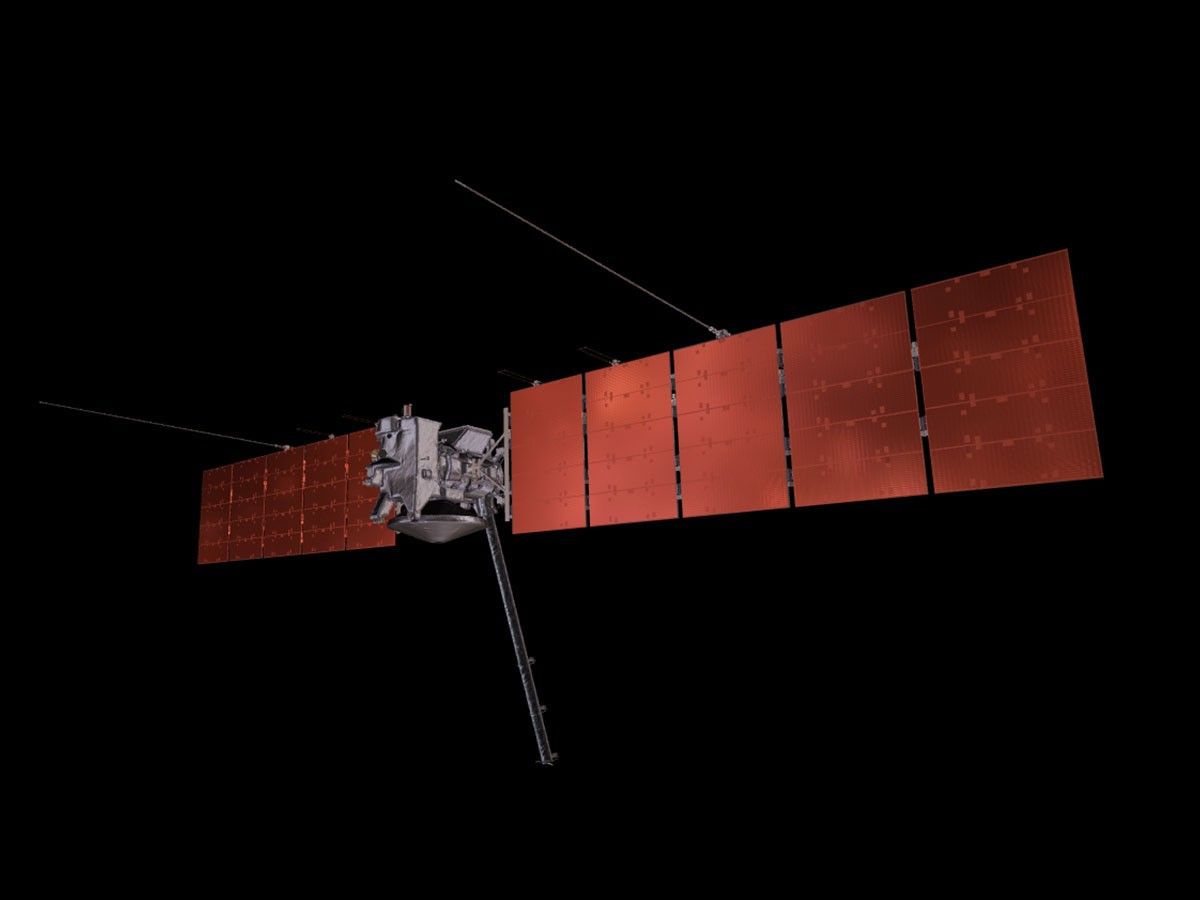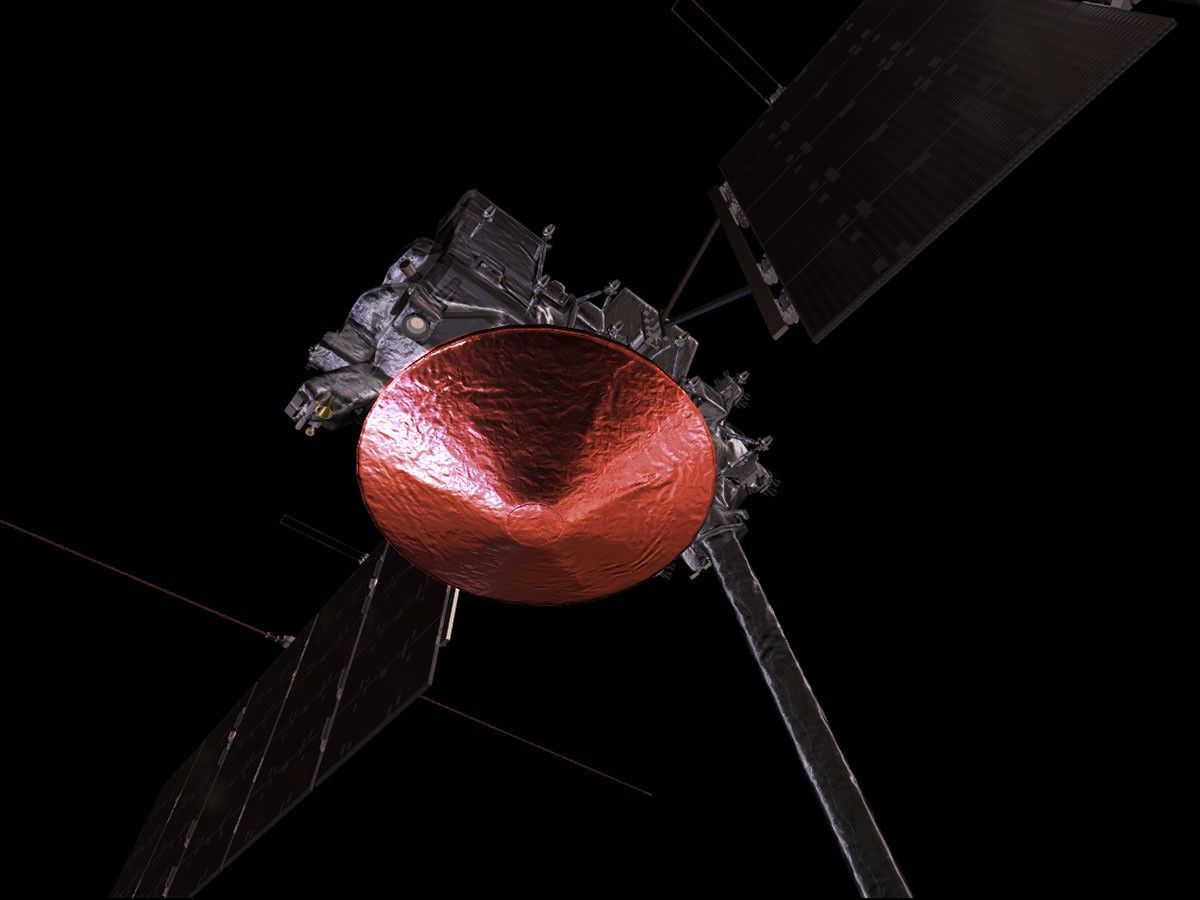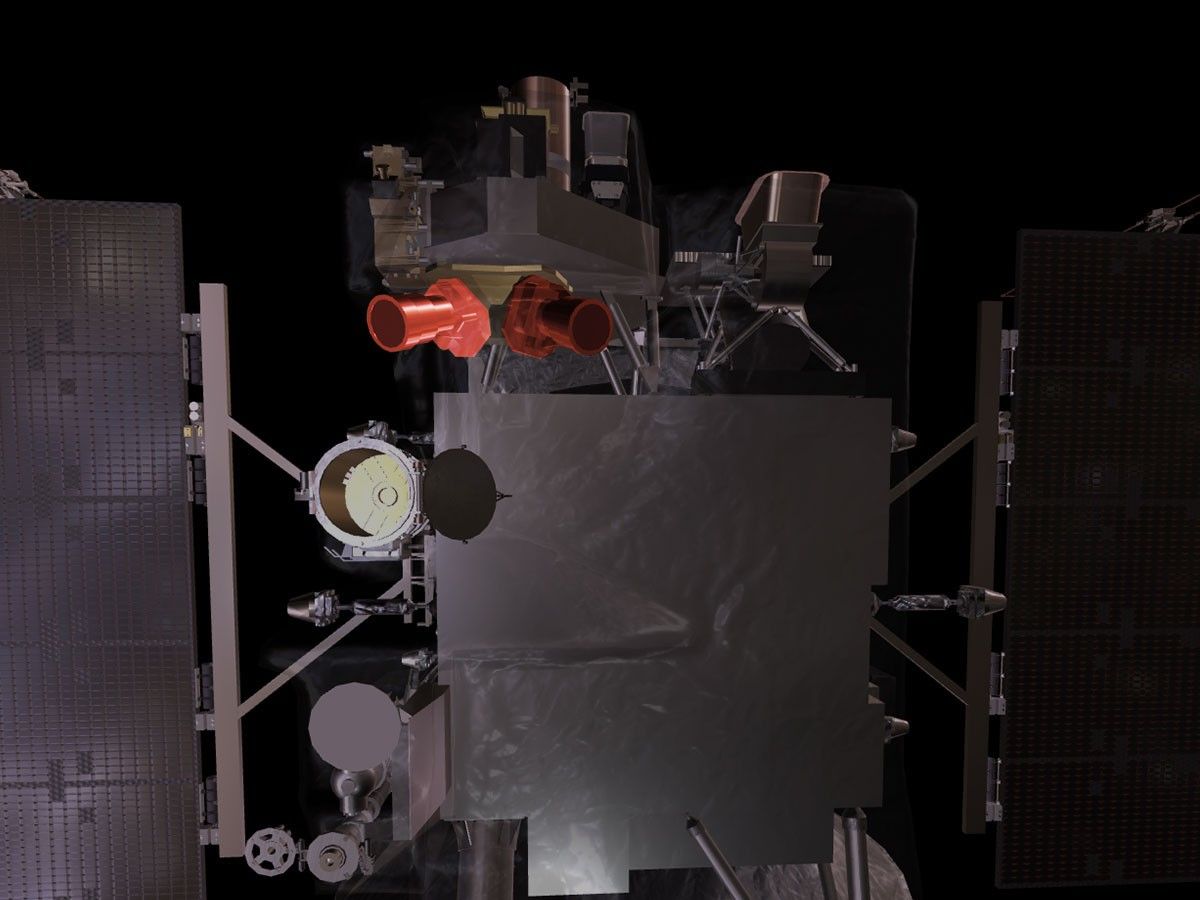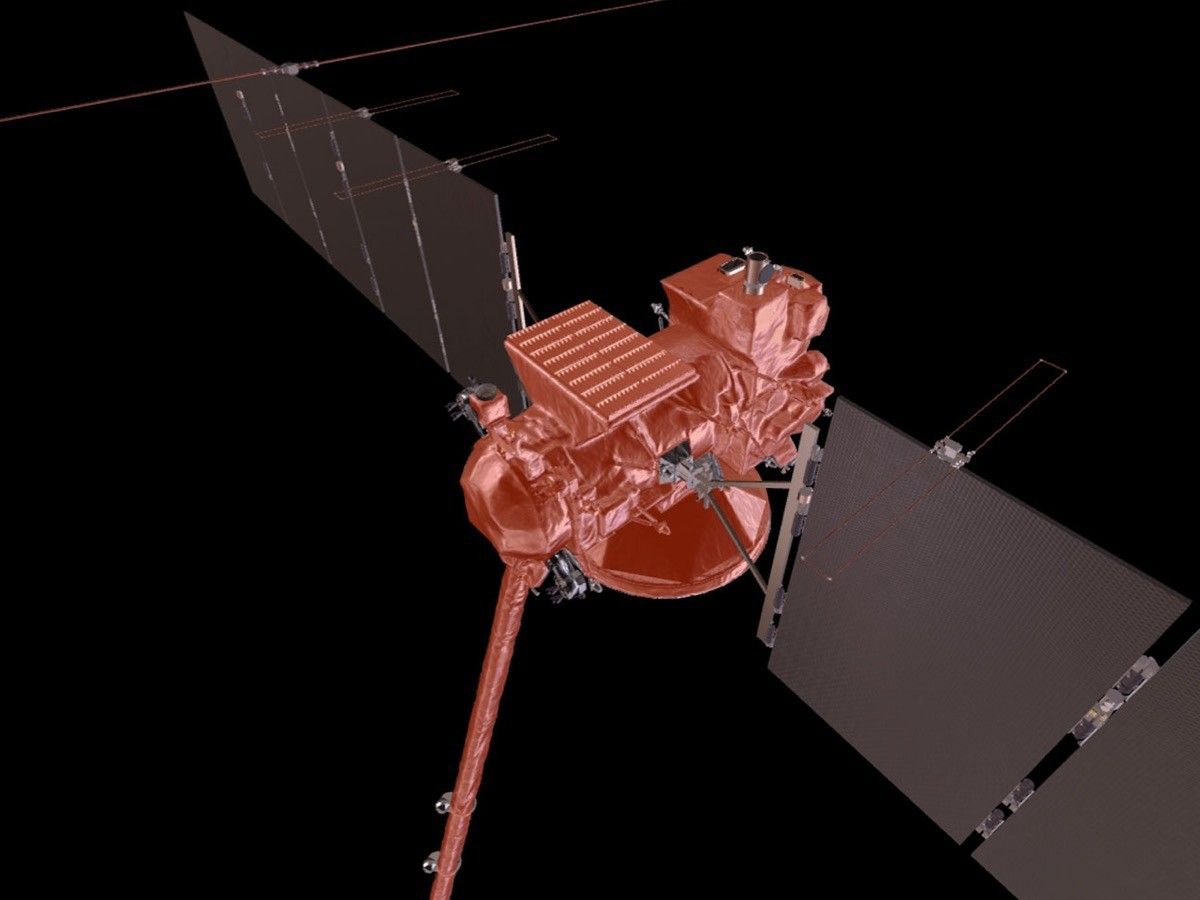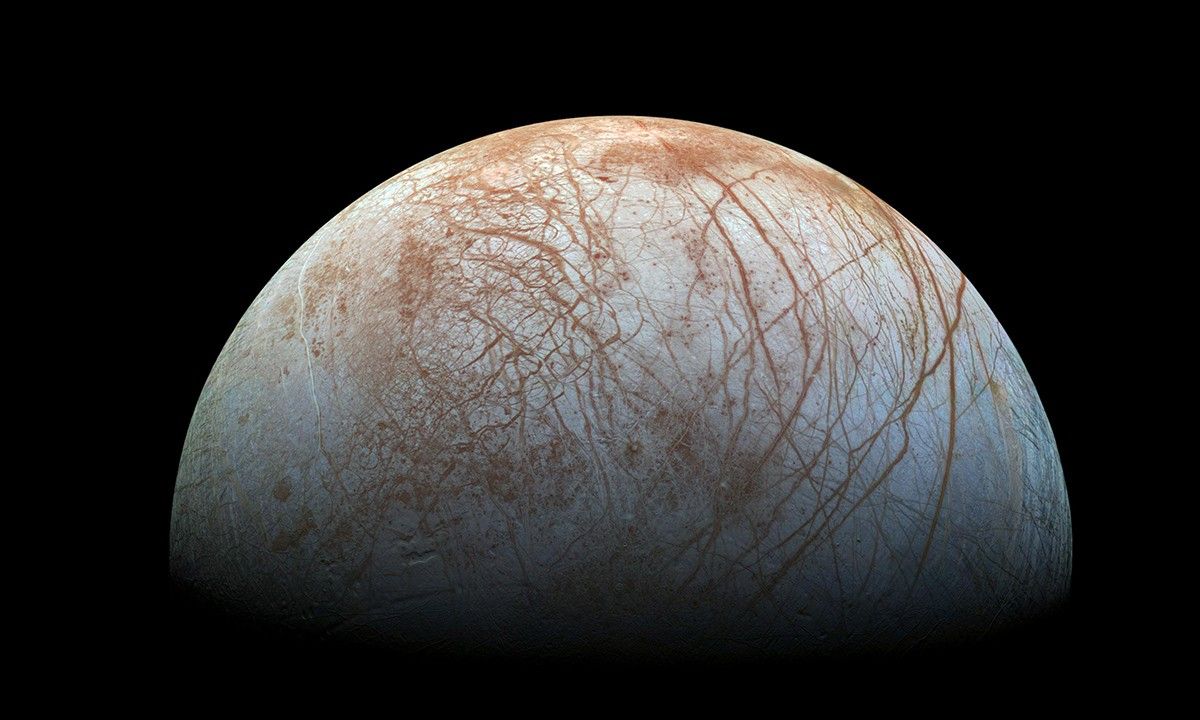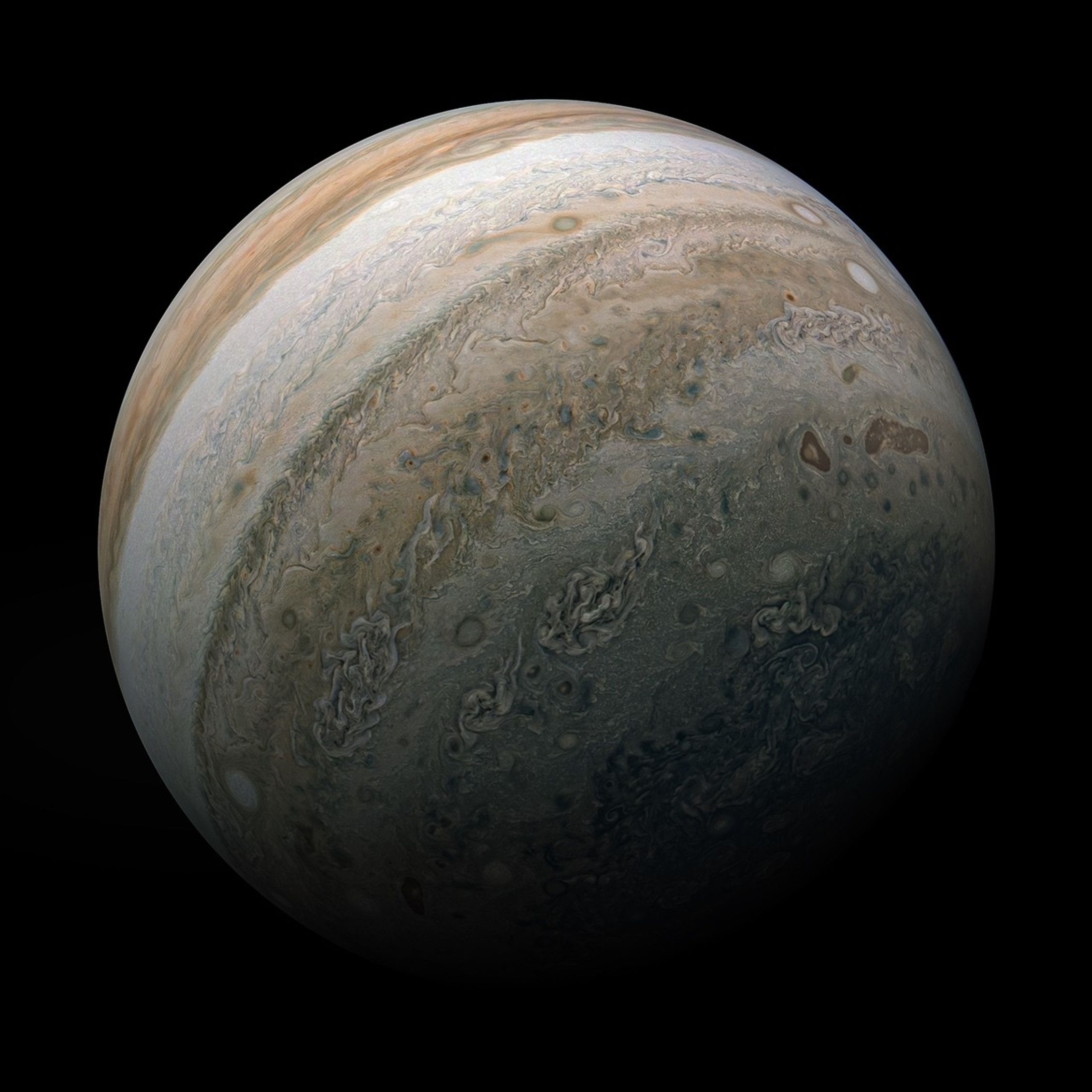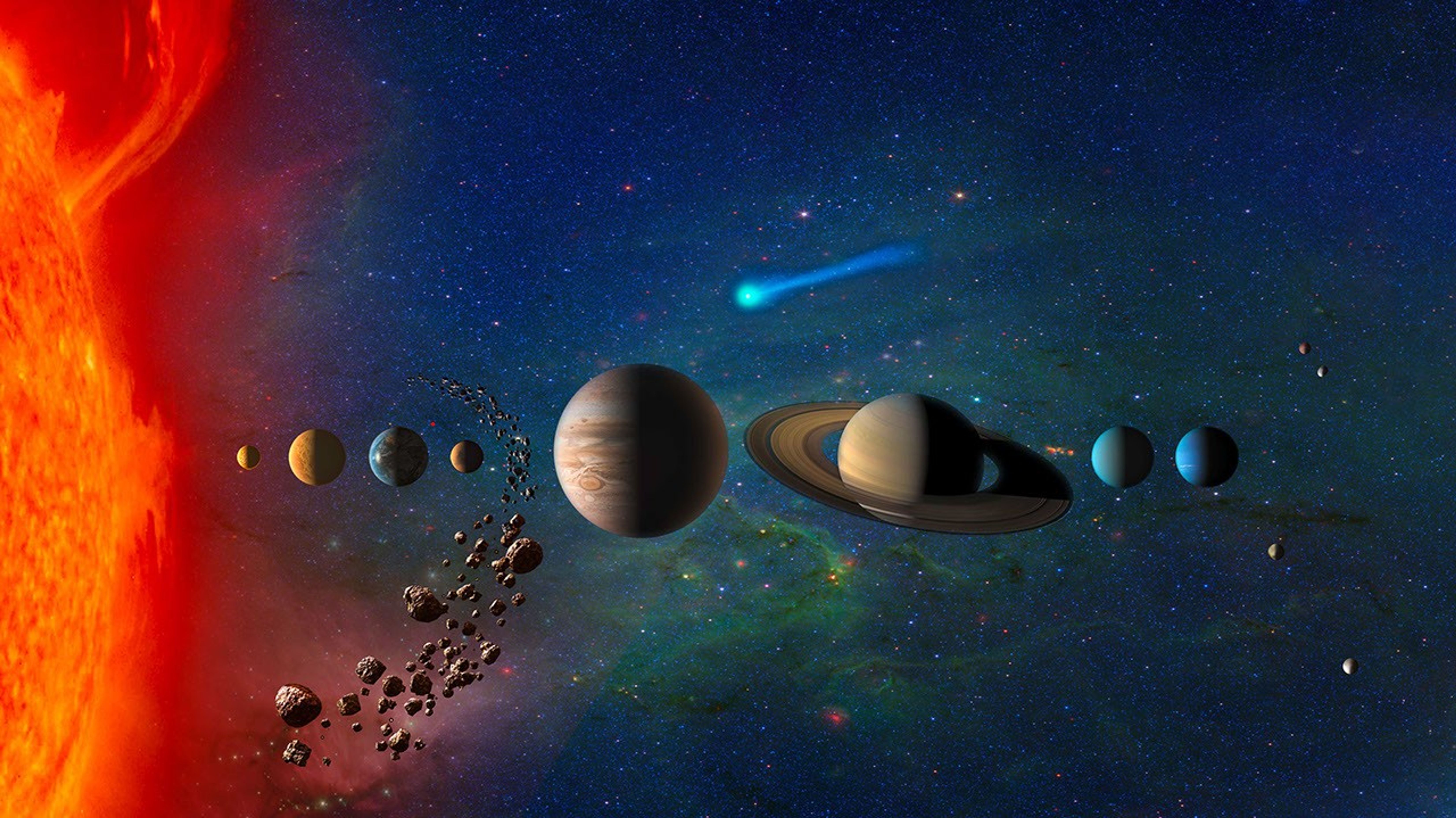What Is NASA’s Europa Clipper Spacecraft?
Europa Clipper is a robotic solar-powered spacecraft built to conduct the first detailed investigations of Jupiter's icy moon Europa. The spacecraft will orbit Jupiter and make nearly 50 flybys of Europa to determine whether there are places below Europa’s surface that could support life.
With its solar arrays deployed, Europa Clipper spans more than 100 feet (about 30 meters) – about the length of a basketball court. The main body of the spacecraft consists of its avionics vault, radiofrequency module, and propulsion module.
At launch, Europa Clipper weighed approximately 13,000 pounds (6,000 kilograms). Almost half of the weight was fuel – nearly 6,000 pounds (2,750 kilograms) of propellant.
Europa Clipper launched Oct. 14, 2024, on a SpaceX Falcon Heavy rocket from Kennedy Space Center in Florida. The spacecraft will reach Jupiter in 2030.
After it begins orbiting Jupiter, Europa Clipper will spend about a year altering its trajectory to prepare for its first Europa flyby. The spacecraft will then spend about three years soaring past Europa dozens of times and sending data back to Earth. Over the course of the mission, the spacecraft will investigate nearly the entire moon.
Europa Clipper Fast Facts
- With its solar arrays deployed, Europa Clipper spans more than 100 feet (about 30 meters) – about the length of a basketball court.
- The spacecraft has 24 engines.
- Europa Clipper will orbit Jupiter and make nearly 50 flybys of Europa.
- The spacecraft has 9 dedicated science instruments, plus gravity/radio science.
- At launch, Europa Clipper weighed approximately 13,000 pounds (6,000 kilograms). Nearly 6,000 pounds (2,750) was propellant.
Spacecraft Components
Science Instruments
Europa Clipper’s nine science instruments are the most advanced and sensitive that have ever explored the outer solar system. Some of the instrument sensors are installed on the nadir deck, which stabilizes them to ensure they are oriented correctly toward Europa during flybys. The two instruments designed to capture gas and dust face instead in the direction of spacecraft motion. Radar antennas are mounted directly onto the spacecraft’s solar arrays. In addition, the spacecraft’s magnetometer and plasma sensors are on a boom that extends from the spacecraft, reducing obstructions and magnetic interference from the spacecraft. The instruments’ electronics are installed in a vault to protect them from radiation. Learn more about Europa Clipper’s science instruments
Propulsion
Europa Clipper’s propulsion module is an aluminum cylinder 10 feet (3 meters) long and 5 feet (1.5 meters) wide. It holds the spacecraft’s 24 engines and nearly 6,000 pounds (2,750 kilograms) of fuel in tanks, as well as the spacecraft’s helium pressurant tanks.
Vault
Europa Clipper's electronics are enclosed in a vault with walls made of 1/3-inch thick (9.2-mm) sheets of aluminum-zinc alloy to protect the electronics from Jupiter’s intense radiation. These electronics include computers (or the “brains” of the spacecraft), flight software, and more. The vault is bolted to the spacecraft’s propulsion module and has wires to provide communications and control across the entire spacecraft.
Power
Europa Clipper’s “wings” - its solar arrays - span more than 100 feet (30.5 meters). Each wing is approximately 46.5 feet (14.2 meters) long and about 13.5 feet (4.1 meters) high. The huge arrays are needed to collect sunlight to power the spacecraft while it operates at Jupiter, which is more than five times as far from the Sun as Earth is.
Communications
Europa Clipper’s 10-foot-diameter (3-meter-diameter) high-gain antenna (HGA) and other smaller radio antennas will be used to receive commands from Earth through NASA’s Deep Space Network. The antennas also will send data back to engineers and scientists. Europa Clipper’s antennas also will be used for gravity and radio science investigations, allowing scientists to study Europa’s gravity as the moon orbits Jupiter.
Guidance, Navigation & Control
Europa Clipper will use sensors, cameras, and special hardware to determine and control its position in space. Europa Clipper’s two stellar reference units, informally called “star trackers,” are small cameras with a computer that carries a catalog of stars with known positions.
As the cameras observes the starry sky, the computer matches the pattern of stars in the images to its star catalog and determines the spacecraft's orientation in space. Europa Clipper will also use four reaction wheels to stay pointed in the right direction. Unlike rovers roaming Mars - the wheels on this spacecraft won’t ever roll on the surface of a world. Instead, the two-foot-wide steel, aluminum, and titanium wheels will spin rapidly like gyroscopes, and help Europa Clipper perform thousands of turns, or “slews” as it orbits Jupiter. These “reaction wheels” are mounted at the bottom of the spacecraft’s main body.
Thermal
Because Europa Clipper operates far from the Sun, the spacecraft must carefully conserve its own heat so that it does not freeze. However, during flybys of Europa, when all of Europa Clipper’s systems and instruments are turned on to gather and store scientific observations, the spacecraft could easily overheat. To manage these extremes, Europa Clipper carries pumps that circulate fluids through pipes to all the spacecraft’s sensitive electronics, carrying heat from hot spots to cold spots. Europa Clipper also has a radiator, which can be opened to shed heat, temperature sensors, heaters, and blanketing to help regulate the spacecraft’s temperature.



























